Jay Inslee, Climate Candidate, Exits 2020 Presidential Race
Jay Inslee dropped his bid for the Democratic presidential nomination on Wednesday night as he looked unlikely to qualify for next month’s debate.
“It’s become clear that I’m not going to be carrying the ball, I’m not going to be the president, so I’m withdrawing tonight from the race,” Inslee told MSNBC’s Rachel Maddow. “Look, I’ve been fighting climate change for 25 years, and I’ve never been so confident of the ability of America now to reach critical mass to move the ball. I believe we are going to have a candidate to fight this battle and inspire the people I met across the country.”
The Washington governor’s exit ends what began six months ago as a quixotic campaign centered on an issue that candidates in the last presidential election ignored. It finished with a book-length stack of proposals that chart a politically pragmatic path to averting catastrophic climate change in the decades to come.
“We left an open-source gold standard of what will get us to a cleaner future and really will end our reliance on fossil fuels,” Inslee told HuffPost by phone Wednesday afternoon. “It was not just a campaign document, it was a governing document, and it could be used by anyone who ends up in the White House.”
Just hours before announcing the governor’s plans to bow out of the race, the Inslee campaign released a 38-page memo detailing a plan to pay farmers to store carbon dioxide in soil, establish a new federal research agency on sustainable agriculture and invest billions in rural renewable electricity projects.
The campaign, despite its low polling, did more than draft a blueprint for a future administration to slash planet-heating emissions. While Inslee’s rivals barnstormed early primary states, the governor toured areas of the country ravaged by pollution, flooding and extreme weather, offering his candidacy as a megaphone.
BREAKING: Washington Governor Jay Inslee tells Rachel #Maddow that he is exiting the 2020 Democratic presidential primary race. pic.twitter.com/u8ZVlTjytM
— Maddow Blog (@MaddowBlog) August 22, 2019
In speeches and on the debate stage, he told stories of mobile homes in California reduced to molten aluminum and floodwaters throwing small-town life in Iowa into chaos. He amplified the concept of climate gentrification and relayed tales of a bookstore owner resisting near-daily offers to sell his shop in Miami’s Little Haiti as real estate developers sought higher ground. He visited Michigan’s most polluted zip code, a mostly-Black area of southern Detroit, three times.
His emphasis on the climate crisis made it impossible for his competitors to deploy lackluster talking points such as recommitting to the Paris agreement or putting a price on carbon emissions.
“We started a bit of an arms race among the candidates on climate change,” Inslee said. “I think I’ve inspired people to be a little bolder.”
He also picked a high-profile fight with the Democratic National Committee, demanding that party officials host a climate devoted entirely to climate change.
Inslee, 68, announced his decision on Thursday to run for a third term as the Evergreen State’s governor next year.
“I want to continue to stand with you in opposing Donald Trump and rejecting his hurtful and divisive agenda, while strengthening and enhancing Washington state’s role as a progressive beacon for the nation,” Inslee said in a statement.
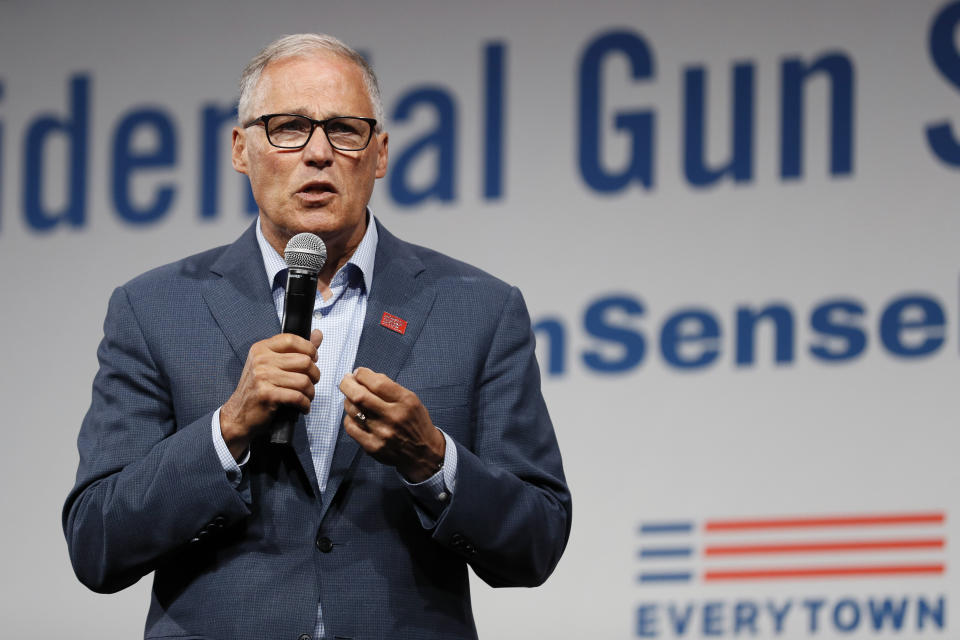
For Inslee, the climate crisis wasn’t a newfound passion or a framework that added fresh urgency to his existing ideological themes. As a fifth-generation Washingtonian raised hiking in the woods around Seattle with his biology teacher dad, Inslee spent much of his career in politics championing the cause of cutting emissions. While serving as a U.S. congressman, he wrote a book calling for a massive clean-energy jobs program to combat global warming in 2007 ― more than a decade before the Green New Deal would popularize that notion.
By its end, the Inslee campaign forged what might be considered the real moderate pathway for Democrats. A bona fide progressive who voted against the Iraq War in Congress and led the first lawsuit against the Trump administration’s ban on travelers from several Muslim-majority countries, Inslee assembled a package of policies that credibly sketched out a sweeping federal plan to curb emissions without the political baggage of some of his more openly left-wing competitors.
The campaign began informally in January, when Inslee became one of the first likely presidential candidates to swear off all donations from oil, gas and coal companies and their executives by signing the No Fossil Fuel Money pledge. Inslee made it official in March, becoming the first major candidate in history to run on the single, if uniquely all-encompassing, issue of human-caused climate change.
It was an uphill trek from the start. As a governor, Inslee was barred from transferring money from his statewide reelection coffers to his presidential campaign. That put him at a fundraising disadvantage to the sitting members of Congress already dominating the race with fluid federal campaign accounts and national name recognition.
Then there was the challenge of running on just one issue. Poll after poll showed Americans, particularly Democratic-leaning voters, more concerned than ever before about the planet’s irreversible warming. But as the Green New Deal emerged as a progressive clarion call for a fairer future economy, the Trump administration’s brutality at the border and so-called pocketbook issues like health care diverted attention from a crisis that, while urgent, felt easy to procrastinate on.
As a result, poll after poll showed Inslee barely scraping 1%. At an April CNN town hall, the governor seemed to be “pleading,” as the environmental newswire E&E News put it, for more supporters to “save his candidacy.”
Inslee was undeterred. While top-tier rivals Sens. Elizabeth Warren (D-Mass.) and Bernie Sanders (I-Vt.) pumped out grand proposals to cancel student debt or end the private health insurance industry, Inslee turned his scrappy policy shop ― led by staffer Sam Ricketts and Bracken Hendricks, a senior adviser and longtime friend ― loose on climate change.
“This can’t be solved with a bumper sticker,” Inslee said.
The results were impressive. In May, the campaign released an ambitious proposal to eliminate emissions from the electrical sector by 2030. Nearly two weeks later, Inslee unveiled a blockbuster $9 trillion plan to zero out nearly all planet-warming gases from the U.S. economy while creating 8 million jobs and revitalizing unions. Rep. Alexandria Ocasio-Cortez (D-N.Y.), the face of the Green New Deal movement, called the proposal the “gold standard” for climate policy.
The plans kept coming. Inslee declared war on the oil, gas and coal industries with an 11,000-word “Freedom From Fossil Fuels” plan. He vowed to block right-to-work laws that hurt union membership and set a $25 per hour minimum wage for clean-energy jobs under his “American Dream” plan. He promised to take in historic levels of immigrants and refugees fleeing climate change-ravaged nations closer to the equator as part of the “America’s Promise” immigration plan.
Inslee’s debate performance received mixed reviews. At June’s first round of debates in Miami, Inslee struggled to claim airtime and seemed focused on making the case for candidacy outside his primary issue. He touted his record as a governor and congressman to make the case for himself as the progressive with the executive experience to accomplish the goals Warren and Sanders set. Some complained he veered too far from his climate message.
Inslee seemed to take the critiques to heart at July’s debate in Detroit. The governor made an impassioned plea to scrap the filibuster, a Senate procedure requiring a 60-vote supermajority to overcome, and depicted Senate Majority Leader Mitch McConnell (R-Ky.) as the biggest obstacle to serious climate legislation. Inslee sparred with former Vice President Joe Biden, the front-runner in the polls, poking holes in his climate proposal. The performance propelled Inslee’s biggest fundraising haul and won him new fans, including some who found his jockish looks, new haircut and Clark Kent glasses titillating.
On Monday, the campaign hit the 130,000-donor threshold the DNC set for the September debate. But the DNC has also required candidates to reach 2% in at least four qualified polls.
The clearest effect of Inslee’s campaign might be how he amplified activists’ calls for a climate debate. As his policy shop pulled late-nighters, Inslee publicly battled DNC Chair Tom Perez, demanding the party schedule a televised debate where candidates only discussed their climate policies.
After large protests at both debates, the DNC relented and promised this week to vote on a resolution to approve such an event. It looks unlikely to pass, but CNN and MSNBC have already scheduled forums on climate change that most of the major candidates are expected to attend.
Inslee will return to Washington with a newfound appreciation for the threats the state has yet to face. He could now leverage his national profile to more aggressively advocate on climate change. The U.S. Climate Alliance, the bipartisan club he helped found in 2017 for states vowing to maintain the Paris agreement’s goals, offers one possible avenue.
He looks likely to ramp up his own efforts in the Evergreen State. Washington’s state Supreme Court is expected to rule in the coming months on whether Inslee has the power as governor to put a cap on carbon emissions. If the court decides in his favor, it could open the door to a slew of new executive orders to cut pollution.
Inslee declined to endorse any of his rivals but said he “wouldn’t rule it out” in the months ahead. He said the money he raised will go to paying off the campaign’s expenses. If there’s anything left over, he said he plans to donate it to youth-led climate efforts like Sunrise Movement or the school strike push.
The high point of his campaign, Inslee said, was protesting outside the United Nations in New York City with teen activist Alexandria Villaseñor, who has spent months protesting for climate action on Fridays instead of attending class. It was a sunny May morning, and Villaseñor had just turned 14.
“It was a great birthday for her,” he said. “And this was truly the most inspirational moment for me.”
This story has been updated with Inslee’s announcement that he’ll run for another term as Washington state governor.
Love HuffPost? Become a founding member of HuffPost Plus today.
Related Coverage
Climate Candidate Jay Inslee Spars With Joe Biden: ‘Middle Ground’ Plans Won’t Save Us
Jay Inslee Actually Knows Why He’s Running For President
DNC Chair's Latest Resolution Could Torpedo Climate Debate Push, Activists Fear
Also on HuffPost
A Bumpier Ride?
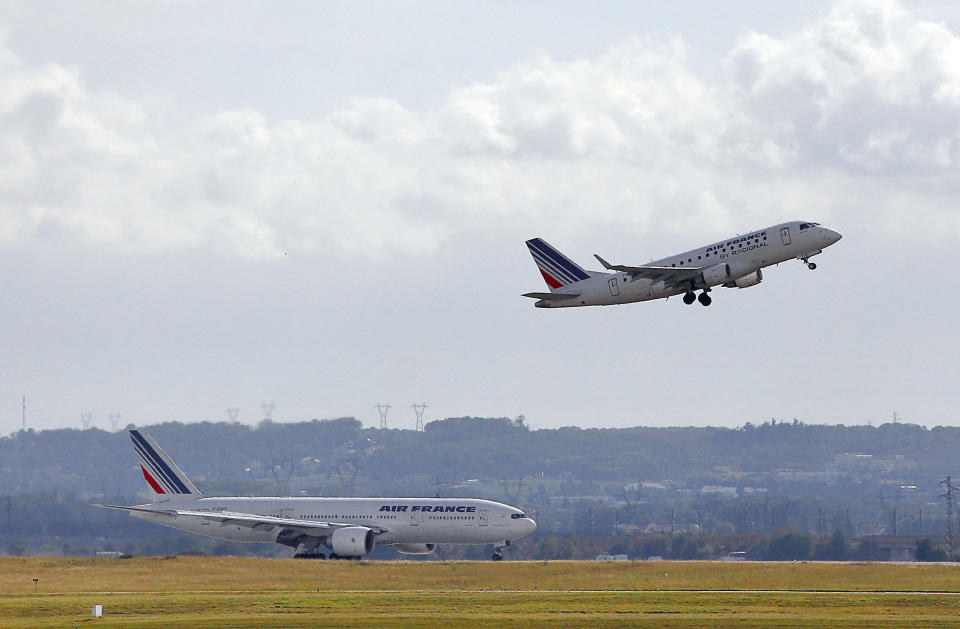
Not A Drop To Drink
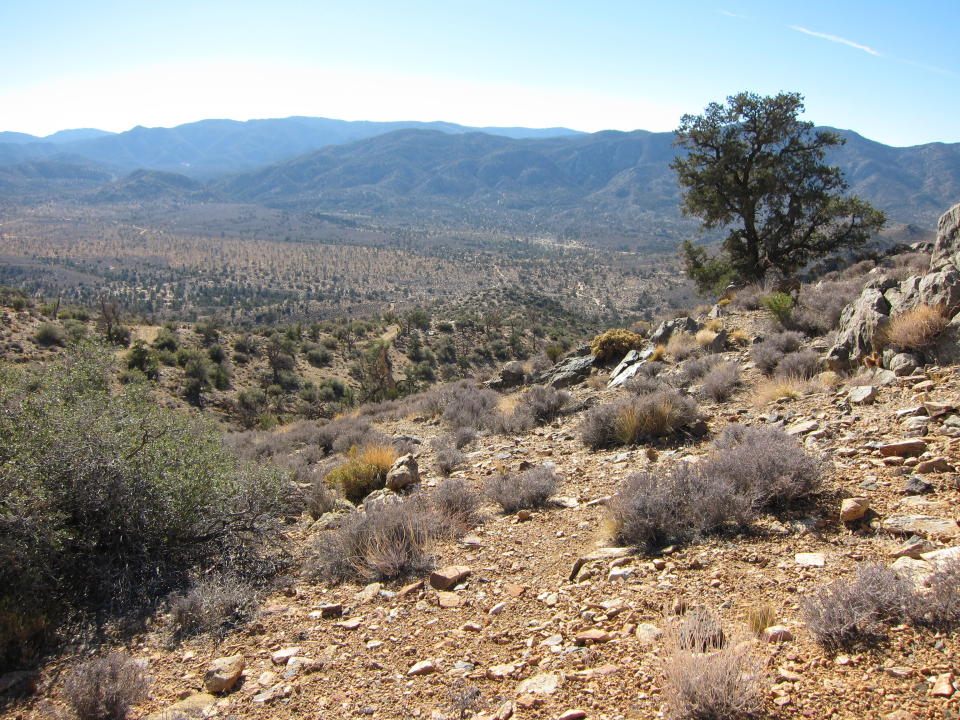
A Mighty Wind
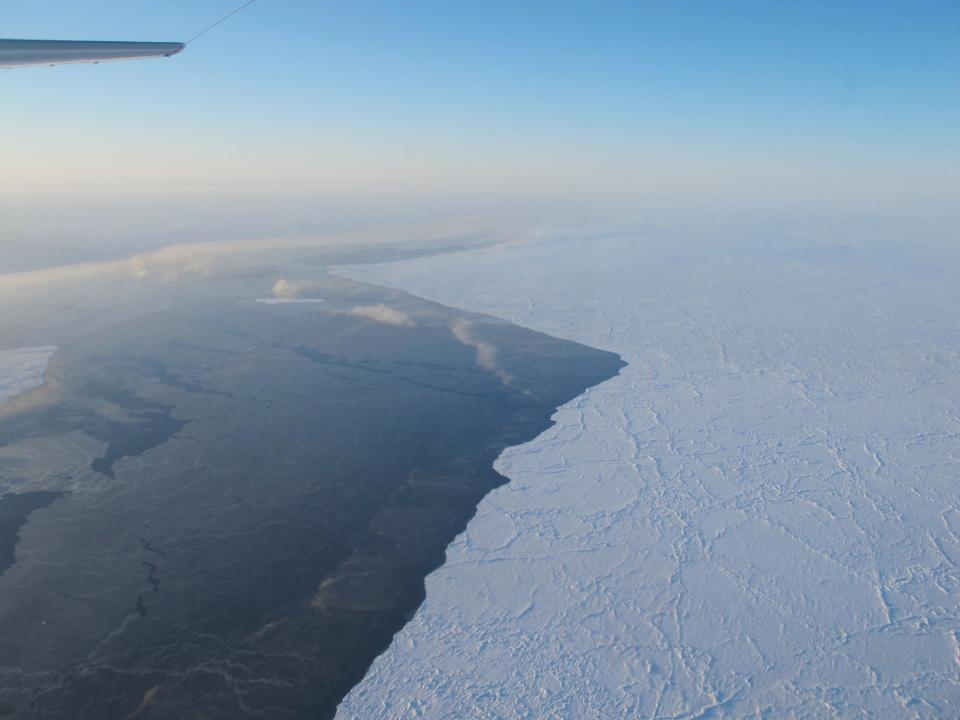
Worsening Allergies
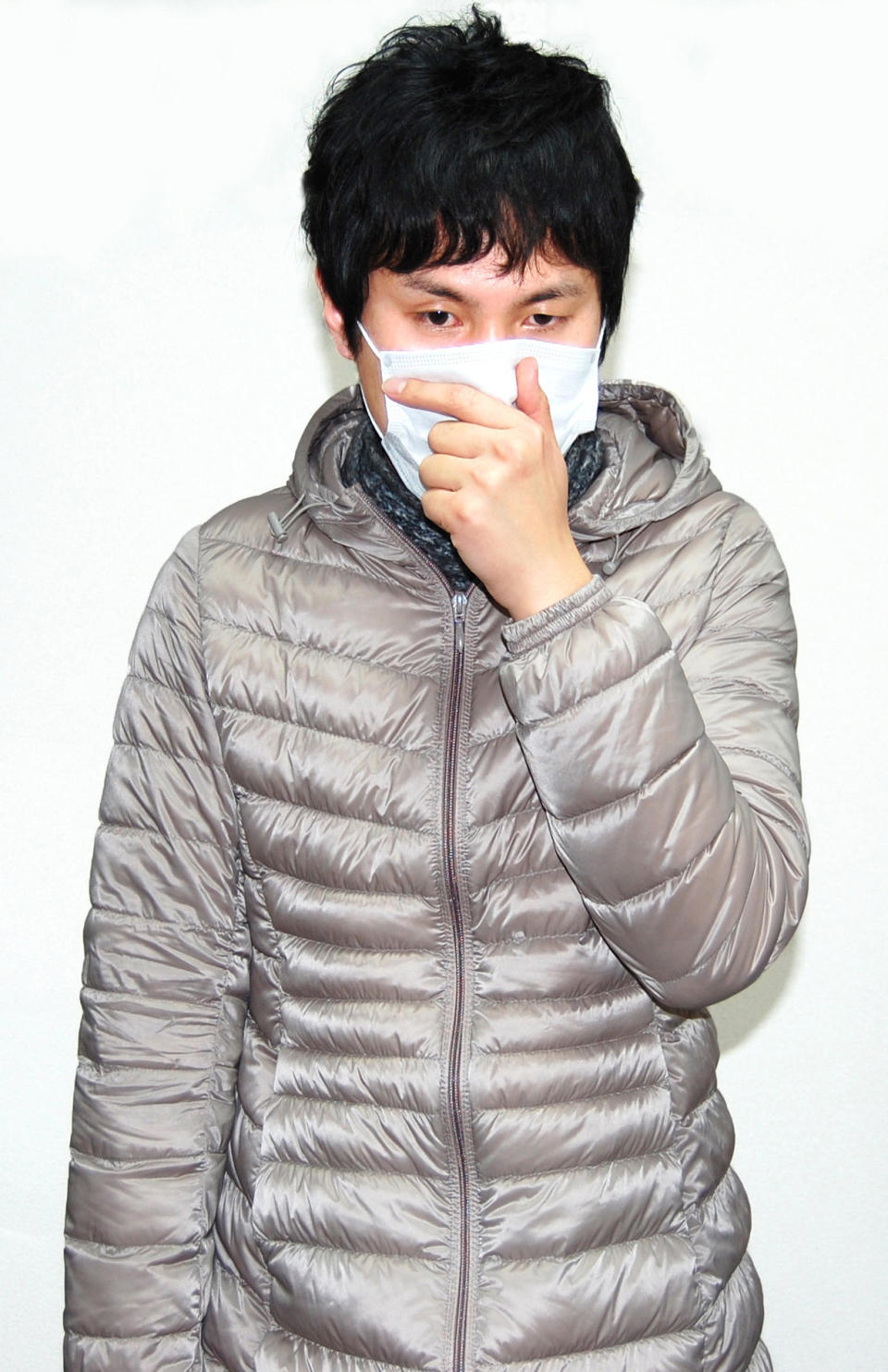
Wine To Go?
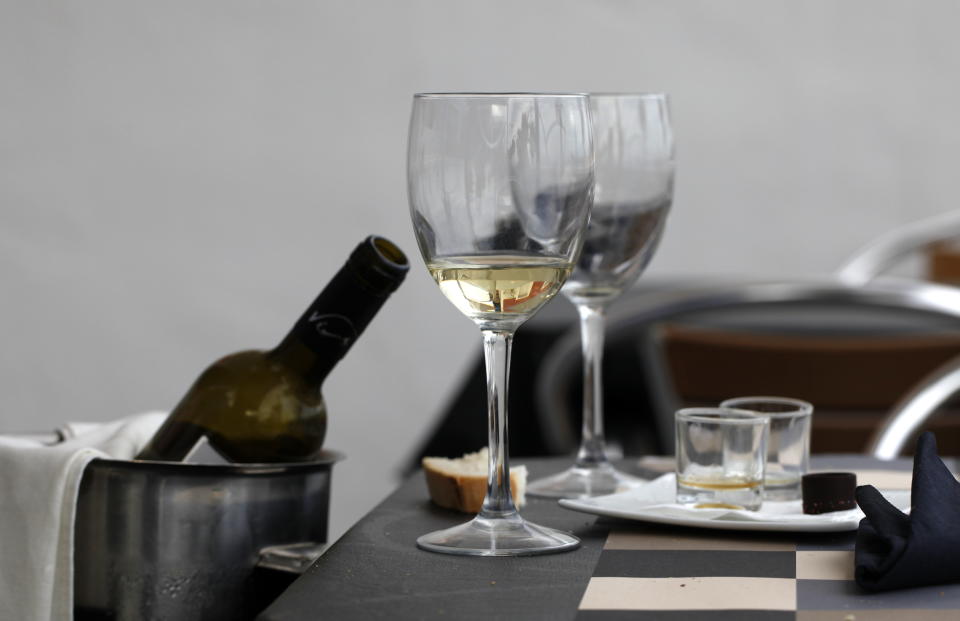
Home Sweet Home
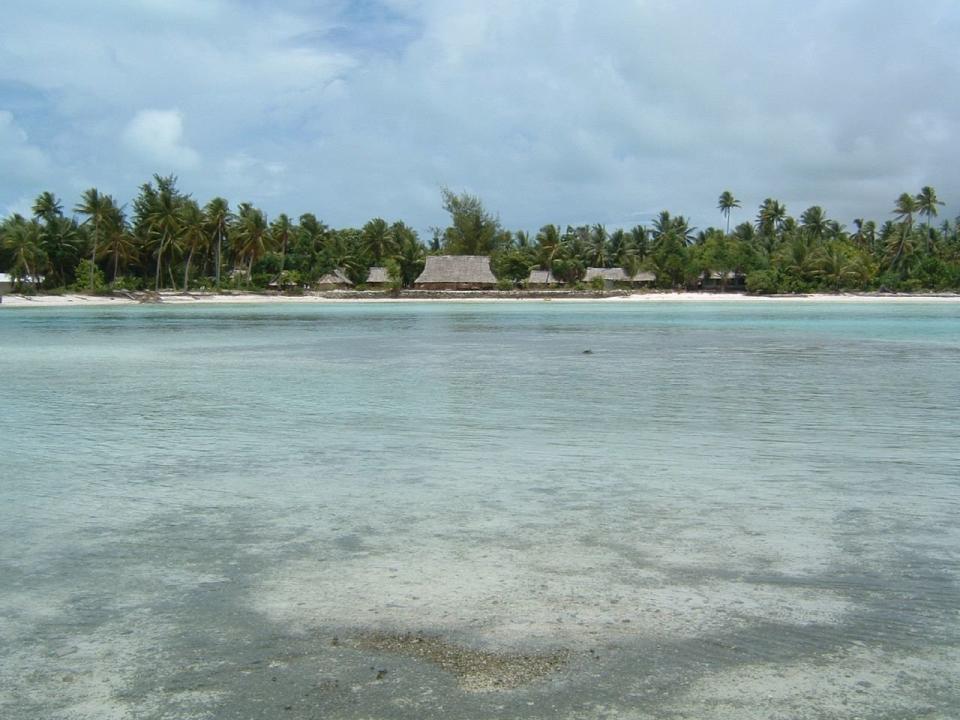
Trouble On The Ice

A Damper On Your Raw Bar?
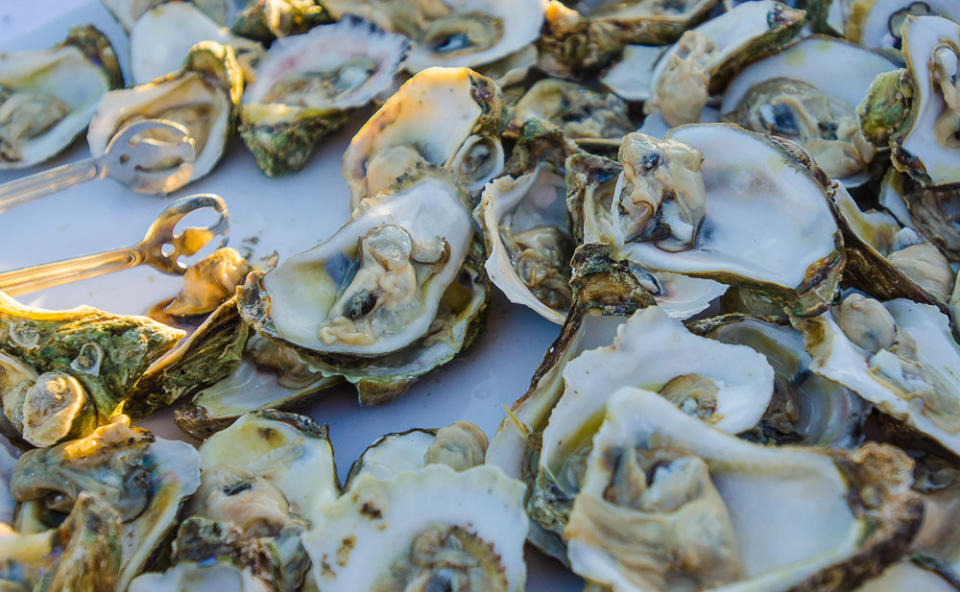
The Color-Changing Bears
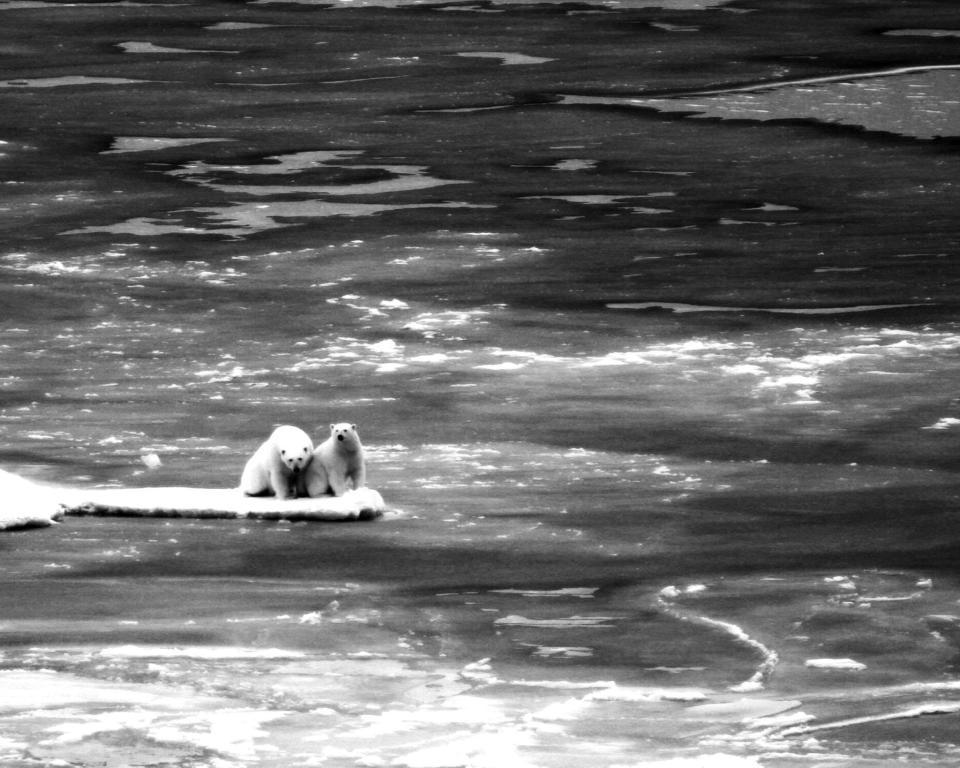
Less Time On The Chair Lift
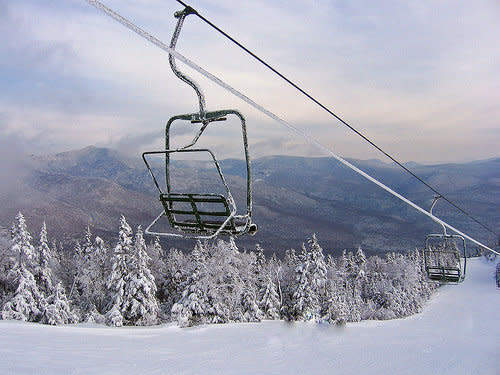
A Cold Cup Of Coffee

This article originally appeared on HuffPost.

